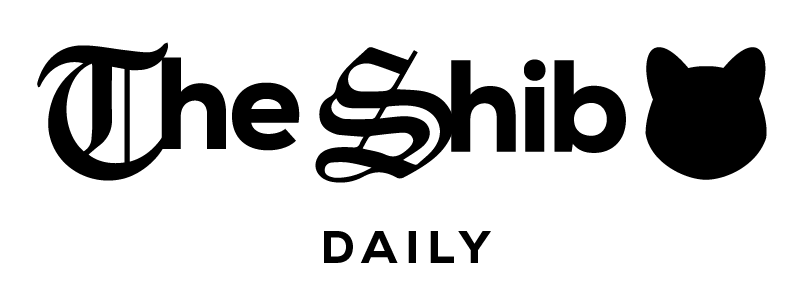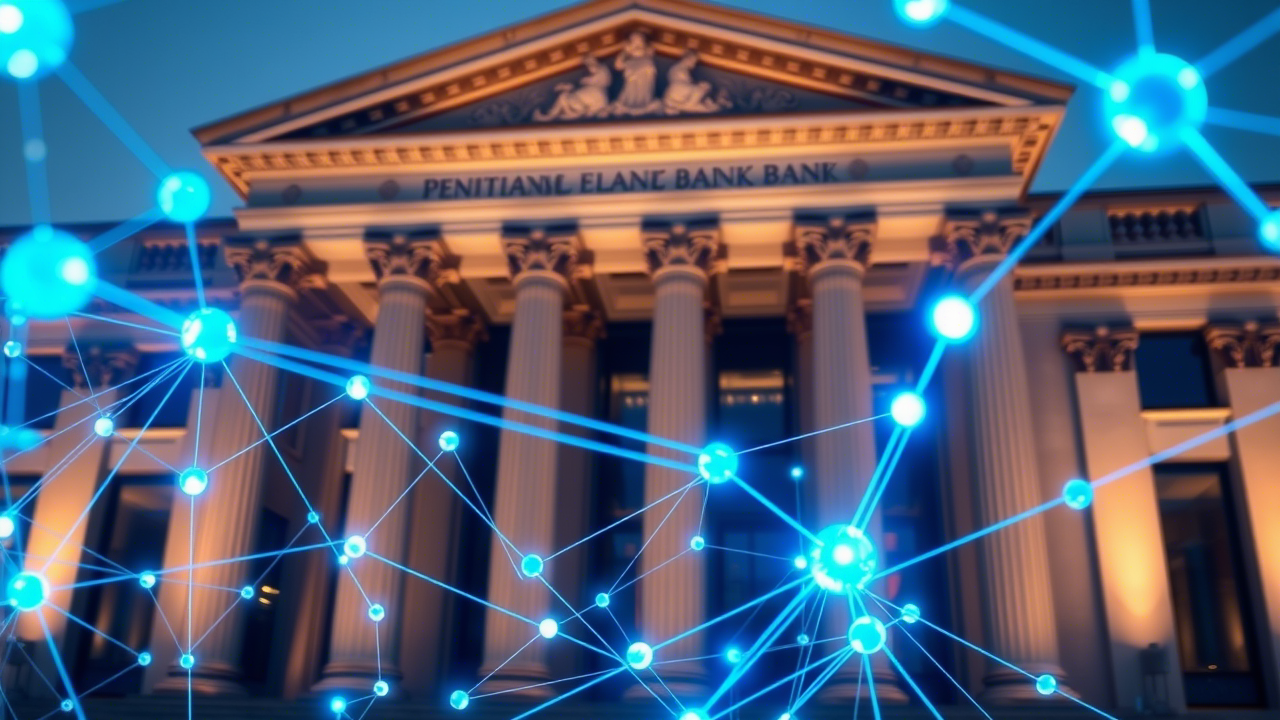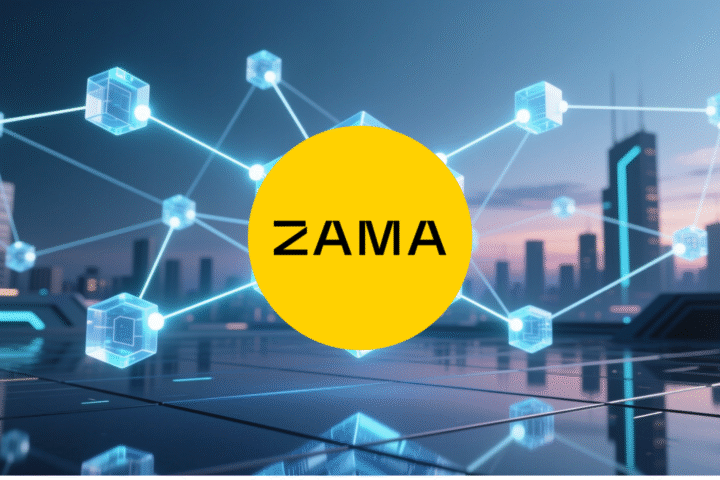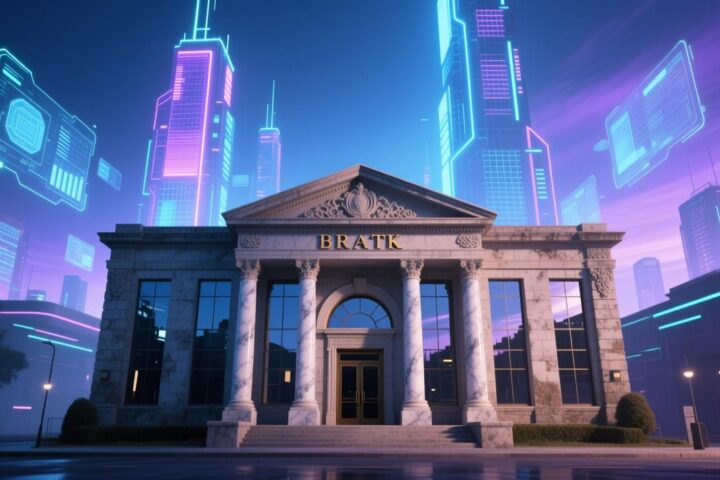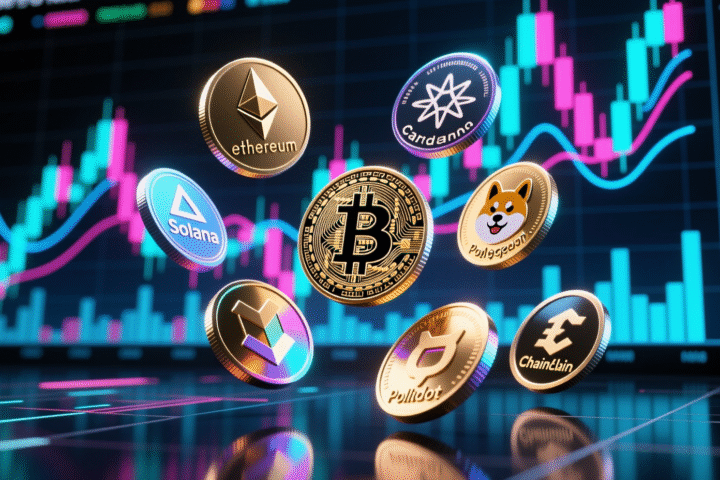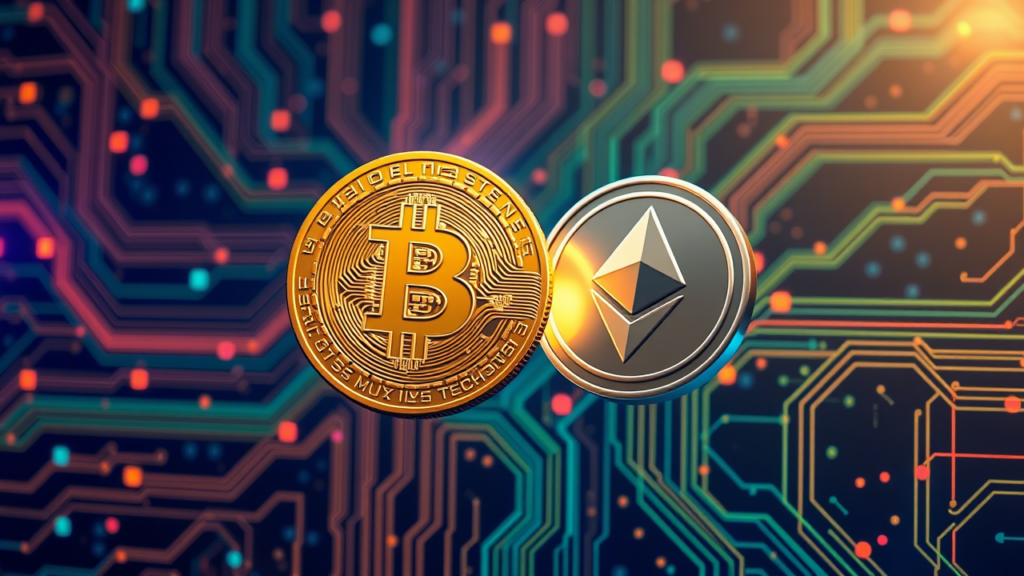Imagine trying to book a ride, get paid for a gig, or even buy a coffee—but without a bank account. Sounds impossible, right? For over a billion people around the world, that’s everyday life. No access to banks, no credit history, no safety net. That’s where financial inclusion steps in—it’s about opening the doors to the financial system so everyone can join, no matter their income, location, or background.
Think savings, loans, payments, insurance—the full money toolkit. It’s not just about convenience; it’s about giving people the tools to grow, protect, and take control of their finances. And thanks to blockchain technology, we’re starting to see a whole new way to make that happen—one that doesn’t require a trip to the bank.
Now here’s the wild part: traditional banks often skip over rural areas, charge high fees, or require documents many people just don’t have. But don’t worry—this isn’t a story about gatekeepers. It’s a story about keys.
Enter blockchain. Not just the tech behind Bitcoin, but a growing toolkit that’s helping people access money and financial services without needing a bank at all. From digital wallets on phones to peer-to-peer lending without middlemen, blockchain is flipping the script on who gets to participate in the global economy.
We’re stepping into a new era—one where your phone might just become your bank, and financial freedom is only a few taps away.
What is Blockchain?
Okay, picture a digital notebook. But instead of one person keeping it, everyone has a copy. Every time someone writes in it—say, sending money or signing an agreement—everyone else’s copy updates too. That’s basically blockchain in action.
It’s a decentralized system, which means there’s no single boss or bank calling the shots. Instead, it runs on a network of computers (aka nodes) that work together to verify and record every transaction. Once something’s written in the notebook? It’s locked in—can’t be erased, edited, or faked. That’s what people mean by “immutable ledger.”
This setup makes blockchain super transparent (everyone can see what’s going on) and really secure (no funny business allowed). It also runs on peer-to-peer networks, meaning people can send money or interact directly—no middlemen, no gatekeepers.
And let’s not forget smart contracts—these are like digital vending machines. You drop in the right conditions (like payment), and boom, it does what it’s programmed to do (like release a loan or sign a digital receipt).
Why does all this matter for money stuff? Because traditional banks are centralized, slow, and often full of paperwork and fees. Blockchain flips that script—offering a faster, cheaper, and more open way to manage finances. Which, yep, brings us right back to the mission of financial inclusion: giving more people access to tools that help them thrive financially, without needing a brick-and-mortar bank.
What Happens When You’re Left Out of the Money Club?
Financial exclusion sounds like a big, technical phrase—but really, it just means being locked out of the financial system. No bank account, no way to save securely, borrow money, or send payments easily. And for over a billion people, that’s not just inconvenient—it’s a real barrier to progress.
Imagine living in a village miles away from the nearest bank. Or trying to sign up for an account without an official ID or address. Or getting hit with sky-high fees every time you try to send a small amount of money home. These are everyday hurdles for the unbanked.
Related: How to Create a Safe, Low-Cost Home Crypto Mining Setup That Works
There are lots of reasons people get excluded. Some live in remote places where banks don’t bother to set up shop. Others face economic instability or political issues that make financial systems unreliable—or untrustworthy. And then there’s the documentation issue: in many countries, if you don’t have formal ID, you basically don’t exist in the eyes of the system.
This isn’t just a personal problem—it affects whole communities. Without access to savings, loans, or insurance, it’s way harder to grow a business, survive a crisis, or plan for the future. It’s like trying to build a house without tools.
That’s why financial inclusion matters. It’s not just about money—it’s about giving people the tools to build better lives.
How Blockchain Levels the Playing Field
So, how does blockchain shake things up for people who’ve been left out of the money game? It all starts with one word: decentralization.
In plain English, decentralization means there’s no big boss (like a bank or government) calling the shots. Instead, the power is spread out across a network of computers around the world. That means lower fees, fewer gatekeepers, and more direct access for anyone with a phone and an internet connection—which, as it turns out, includes a lot of people who don’t have a bank but do have mobile data.
This setup also slashes the cost of sending money. Traditional bank transfers and remittance services can eat up a big chunk of small payments in fees. Blockchain-based networks can send money across borders for a fraction of the price, sometimes just a few cents.
And what about the ID issue? Blockchain has a fix for that too. With something called digital identity, people can securely prove who they are—without needing a pile of paperwork or a fixed address. Add in smart contracts, and suddenly you can borrow money, set up insurance, or get paid automatically, all without needing a bank to approve it.
Plus, blockchain doesn’t care where you live. It works the same whether you’re in a bustling city or a remote village. This global reach opens up real possibilities for financial inclusion, letting people access tools that help them save, invest, and grow—no matter where they start.
From Buzz to Real Bucks: How Blockchain Is Already Helping the Unbanked
Okay, so blockchain sounds great—but is it actually doing anything yet? Yep. All over the world, people are already using blockchain tools to gain more control over their money, even without a traditional bank in sight.
- Cryptocurrency Adoption – Bitcoin, Ethereum, and other digital currencies are helping people in cash-heavy or unstable economies store and move money digitally—without needing a bank account.
- Mobile Wallets and Blockchain-Based Banking Solutions – Platforms like Stellar and Celo offer lightweight, mobile-first banking alternatives for the unbanked. All you need is a smartphone to access basic financial tools.
- Decentralized Finance (DeFi) – DeFi lets users earn interest, take out loans, or buy insurance—without a traditional bank. Everything runs on smart contracts, which automate the process and cut costs.
- Blockchain for Remittances – Sending money home can be expensive and slow. Blockchain-based remittance services lower fees and speed things up, helping families keep more of what’s sent.
- Blockchain-Based Microfinance – Projects like Kiva use blockchain to offer transparent, low-cost lending to underserved communities, helping small entrepreneurs grow their businesses.
Real tools, real impact—and we’re just getting started.
Pump the Brakes: What’s Holding Blockchain Back?
Okay, so blockchain sounds like a superhero for financial inclusion—but even superheroes have their kryptonite. Before we crown it the ultimate fix, there are a few hurdles that need some serious jumping.
Related: Zama to Launch First-Ever Private Token Auction on Live Blockchain
- Regulatory Headaches – Every country has its own rules, and many are still scratching their heads about how to deal with blockchain. This lack of clarity can scare off innovation and slow down progress where it’s needed most.
- Tech Gaps – Blockchain needs devices and data. But not everyone has a smartphone or reliable internet, especially in remote or rural areas. Even when they do, knowing how to use these new tools isn’t always easy.
- Scalability Struggles – Some blockchain networks get bogged down when too many people try to use them at once. That can make transactions slower and more expensive—not exactly ideal when we’re aiming for wide, affordable access.
The bottom line? Blockchain has big potential, but it’s not a magic wand. Solving these issues is key to making financial inclusion a reality for everyone, everywhere.
What’s Next? The Future of Blockchain and Financial Inclusion
The story of blockchain and financial inclusion is just getting started—and the next chapters are looking pretty exciting. As the tech evolves, so do the possibilities for making financial tools more accessible to everyone, everywhere.
Blending the Old with the New
Central banks are starting to dip their toes into blockchain with things like central bank digital currencies (CBDCs). These are digital versions of national currencies and could help connect traditional systems with newer blockchain-based ones—kind of like updating old software to run on a shiny new device.
Tech Upgrades Incoming
Innovations like Layer 2 solutions (basically faster lanes on the blockchain highway) and interoperability (blockchains that actually talk to each other) are helping tackle issues like slow speeds and high fees. The result? More people can hop on board without tech headaches.
The Power of Teamwork
No country can go it alone. By teaming up across borders, governments, NGOs, and tech companies can create smarter regulations and share tools to boost blockchain access where it’s needed most.
Learning is Half the Battle
Just having access to tech isn’t enough—you’ve got to know how to use it. Programs that teach people about blockchain and digital money are popping up in places with high unbanked populations. Think of it as handing out treasure maps and showing people how to read them.
The takeaway? With the right tech, teamwork, and education, blockchain could turn today’s financial deserts into tomorrow’s financial oases.
Wrapping It Up: A Transformative Tool for Financial Empowerment
So, what have we learned on this journey through blockchain and financial inclusion? At its core, blockchain isn’t just some fancy tech buzzword—it’s a real, working tool that can help bring millions of people into the world of money, savings, and opportunity. For the unbanked, it offers a chance to leapfrog old systems and tap into new ways to earn, spend, save, and grow.
But the magic doesn’t happen on its own.
Policymakers need to create clear, fair rules. Tech innovators have to keep building tools that are easy to use and accessible. And financial institutions? They can either keep doing things the old way… or join the movement and help design a system that truly works for everyone.
The future looks bright—and if blockchain keeps evolving the way it has, we might just see a world where access to financial services isn’t a privilege, but a basic right. One block at a time, the door to financial empowerment is opening wider than ever.
